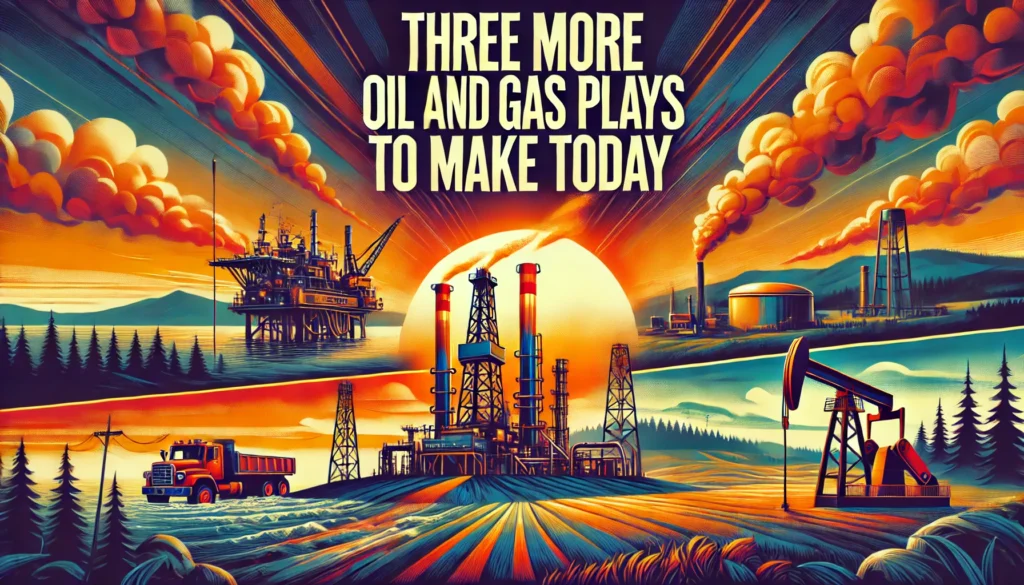- Near record-low consumer sentiment…
- How to make a stock market “killing”…
- Can you imagine stock market wins 138 times bigger than Nvidia? If you’re like most people, probably not. But then again, most people haven’t seen this report.
Dear Reader,
I am informed that American voters wallow in a “sour mood.”
Here is Mr. Joseph Calhoun of Alhambra Investments, my informant:
- The most obvious negative pronouncement about the economy came from voters last week, who produced some big surprises in last Tuesday’s elections… The overwhelming reason voters showed up in droves was anger about the economy.
- Voters are in no mood to wait for the results President Trump and his economic team keep promising. There is an undercurrent of economic discontent in this country that has persisted for most of the post 2008 crisis period and it has gotten worse since COVID.
- This discontent isn’t found in aggregate economic statistics but it is expressed fully in the political arena against whatever political party is in power.
Just so. Yet is the above passage mere opinion unanchored from fact?
Nearly Record-Low Consumer Sentiment
Here Mr. Calhoun reaches into his briefcase… and furnishes hard evidence.
The rock of his argument is the latest University of Michigan Consumer Sentiment surveys:
- This discontent is also seen in the University of Michigan Consumer Sentiment polls released last Friday. The preliminary readings for November were near the all-time worst in this survey that dates back to 1952; the only reading lower than the current 50.3 is the 50 reading in June of 2022, in the midst of a sharp inflation surge.
- The Current Conditions reading, at 52.3, was an all-time low while the 49 reading on Consumer Expectations was the worst since 1979/1980 in the midst of the Iranian hostage crisis and a double dip recession.
Thus this fellow sketches the economic outlook in dark, dark colors. Yet he concludes that:
- What’s somewhat odd is that stocks have weathered this negativity in fine shape; despite falling consumer sentiment, stocks are still near all-time highs.
- In the past, stocks tended to follow consumer sentiment pretty closely, performing poorly when sentiment was falling and vice versa.
Yet is it somewhat odd that stocks have weathered this negativity in fine shape? Or even odd at all?
I do not believe that it is either. I believe the misalignment is largely the manifestation of a disordered financial system.
The Bad News/Good News Dynamic
I have written of the “bad news for Main St. is good news for Wall St.” dynamic in present operation.
Wall Street prospers from Main Street’s bad news as physicians prosper from cancers… as auto repairmen prosper from wrecks… as undertakers prosper from murders.
Indeed, as moonshine merchants prosper from drunks.
That is because poor economic news means the Federal Reserve will hatchet interest rates and ease quantitatively.
Wall St. prospers from both. Main St. prospers from neither.
For the past 25 years, the Federal Reserve’s inflation-adjusted target rate has run negative some 80% of the time.
Thus the Federal Reserve has handed speculators free money to fund their highly leveraged speculations.
Savers on Main St., meantime, went scratching.
The Easier the Money, the Worse for Main St.
Consider also the 20 years between 1951 and 1971 years — the final 20 years of the gold standard.
Real United States economic growth expanded at a 3.83% annual rate.
Now consider the 18 easy-money years between 2007 and 2025.
Real United States economic growth expanded at a 1.94% annual rate.
That is, at scarcely half the “hard money” pace between 1951 and 1971.
Do you believe it coincidence?
I am far from convinced it is coincidence.
Meantime, the United States manufacturing output gutters nearly 5% below its 2007 level — despite some $6 trillion of dollar creation since 2007.
In contrast: Between 1972 and 2000 United States manufacturing output expanded nearly 150%… a 3.3% annual expansion.
All the while, the general price level in the United States has skyshot 700% above its 1971 gold standard-ending level.
Have real United States wages skyshot 700% above their 1971 gold standard-ending level?
The asking of the question is the answering of the question.
Wall Street’s American Dream
Yet what of that central pillar of the American Dream — home ownership?
Newsletter man, Mr. Bill Bonner:
- The feds made the dream of home ownership a reality — for Wall Street. Backed by cheap financing provided by the Fed, the new owners could then rent the houses back to former owners…and make an immediate profit. Real wealth — ordinary houses — became financial assets, now owned by large investors who didn’t personally clean out the gutters or paint the windows…
- Ultra-low interest rates raised housing prices so much that 75% of Americans can no longer qualify to buy the average house.
And so I have argued that the Federal Reserve’s easy money regime has yielded a reverse-Robin Hood effect.
It has famished the lower and middling classes while fattening the topmost classes who own assets like houses — and stocks.
The upper 10% own some 95% of stocks. Since 2009 the S&P 500 has returned cumulative gains exceeding 900%.
Main St., in contrast, scratches along on the leavings.
A Guaranteed Winner
Thus today I propose a new investment.
I believe it is nearer a certain thing than any other existing investment.
Artificial intelligence will seem paltry next to it.
It is — however — not an investment the Federal Reserve-enriched wish to succeed.
The investment I propose is investment in pitchfork production.
Existing supply vastly lags rocketing demand.
Regards,
Brian Maher
for Freedom Financial News




